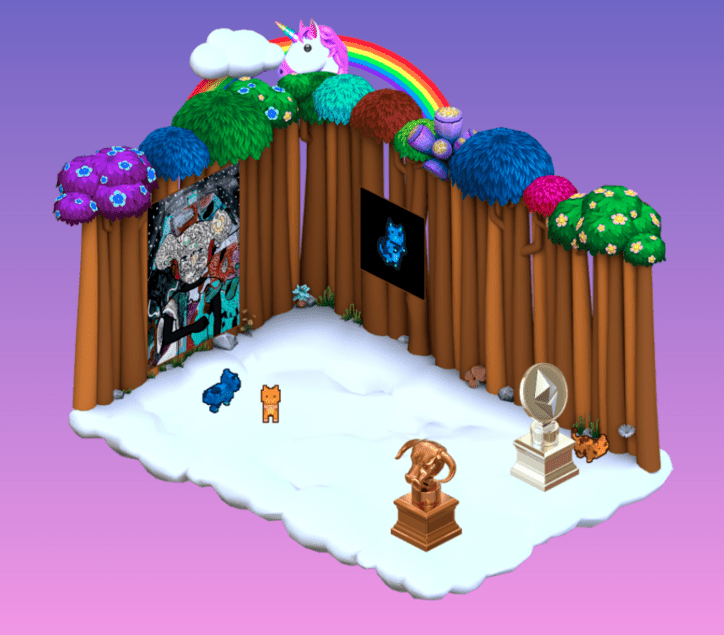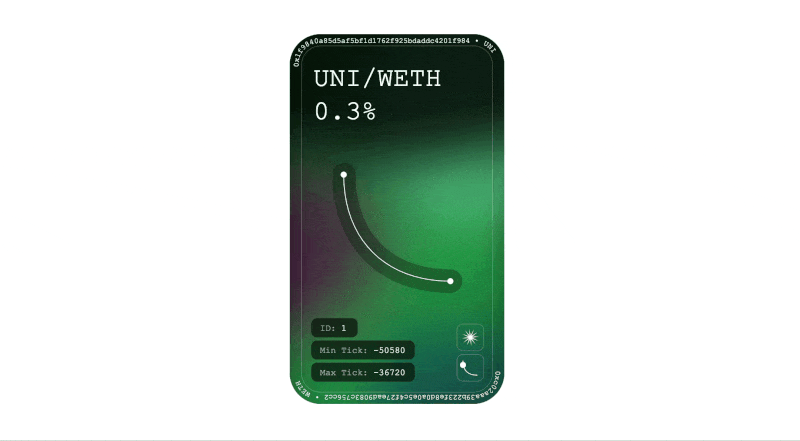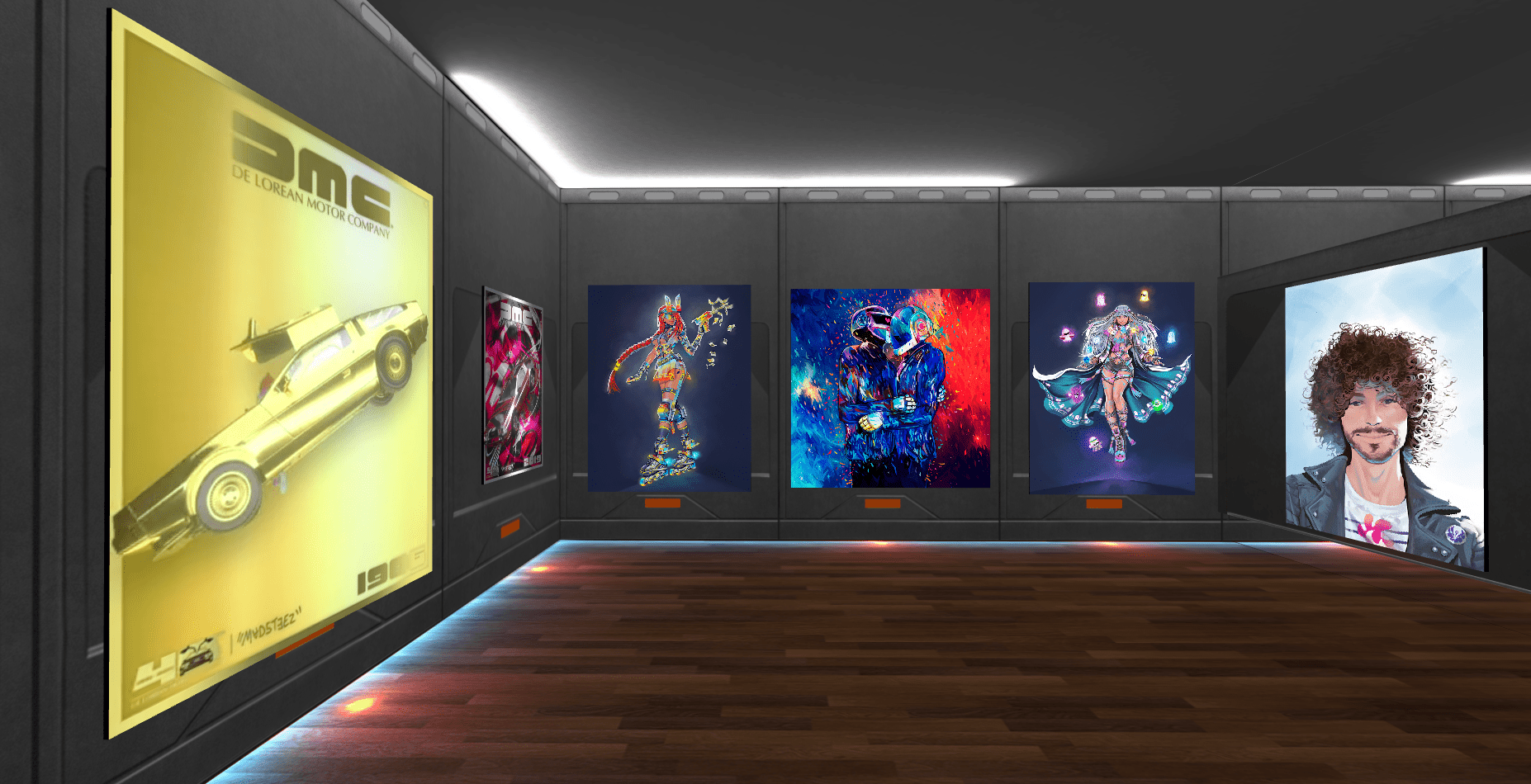⌚ NFTs in 2 minutes
Non-fungible tokens (NFTs) are programmable digital objects that can incorporate all types of media and enable new forms of interaction between creators and their community.
They are often misunderstood and quickly judged, especially by people who are not yet informed about the issues surrounding decentralization and disintermediation. Indeed, to fully understand the contribution of NFTs, one must understand several essential notions:
Fungibility
Info
A good is said to be fungible when one unit is equivalent to another. This is the case for example for currency notes like the Euro or the Dollar which are standardized.
Thanks to NFTs, it is possible to create so-called non-fungible objects because they are unique but also collections of objects that share different attributes.
I explain the contribution of fungibility in depth in this article published in 2018: Non-fungible tokens explained by Tortank and Dracaufeu.
Note
Fungibility is also an issue on tokens considered fungible like Ethereum or Bitcoin. Since their blockchain is public, transactions can be traced. Some tokens are tainted because they are involved in theft or other illicit business, and can be refused by different services.
Public and verifiable history
NFTs exist on public blockchains, so it is possible to see their complete history since their creation: their origin, all their owners, as well as the different exchanges and their price.
This feature is particularly relevant for the art market, where only the history of famous works is usually verifiable through trusted intermediaries.
I go into more detail about the contribution of this property in this article: Non-fungible tokens (NFTs): the weight and contribution of verifiable history.
Purpose and Intellectual Property
I describe NFTs as digital objects, for lack of a better term. By this I mean that they can incorporate references to any kind of media, but also programmatic logic for example to manage intellectual property.
It also redefines the terms of the market: creators can capture a commission on resales of their work on secondary markets.
Composability
Like DeFi, NFTs are composable. An NFT can have another one, which corresponds to an accessory for example (MoonCats). Some NFTs also have a 3D model that allows them to be embodied in the MetaVerse and available in some games.
 ◎ ☝ My MoonCats strutting around their room thanks to Isotile.
◎ ☝ My MoonCats strutting around their room thanks to Isotile.
🧰 NFT Toolkit
There are many tools that allow you to create NFTs. They use different solutions for hosting referenced media. Rarible or even NiftyKit are a good starting point.
Once created, NFTs can be bought and sold through services like Foundation, OpenSea. Each service has its own rules, potentially a token, and accommodates certain types of NFTs.
NFT collections can also have NFT20 indexes that allow exchange from one NFT to another or from ETH. This also facilitates the establishment of the famous floor - the “minimum” price for a work from a certain collection.
Fans of collections also appreciate different tools that allow to appreciate the relative rarity of each work as RarityTools.
Different tools allow to view NFTs and organize collections. Museums and exhibitions exist, and virtual openings even take place in the MetaVerse: the Gallery of Crypto Art in the Metaverse.
The programmable nature of NFTs makes it possible to consider redefining the very terms of possession. Partialization" approaches thus allow to collectively possess a unique work, for example Spectrum.zyx.
🧪 NFT utilities in DeFi
NFTs are used to define collections of objects. They are thus used in decentralized finance when relevant. This is becoming more and more frequent:
- On Uniswap V3, liquidity providing positions are represented by an NFT.
- On Curve, an NFT is used as a receipt for cross-asset swaps via Synthetix (6 min delay)
- On Mai.Finance, a money market, the vault is represented by an NFT
- On StakeDAO, users stake their xSDT to earn points used to mint NFTs that give bonuses on the platform
- Finally Alchemix which recently suffered a technical problem on AlETH offered an NFT to users who refund the money unduly received.
The world of NFTs and DeFi are converging, I explore what it entails in a dedicated article: NFTfi: NFT meets DeFi, liquidity and leverage ensues
 ◎ Visual of a Uniswap V3 NFT-LP
◎ Visual of a Uniswap V3 NFT-LP
My approach to NFTs
I am particularly interested in generative art collections, a novelty enabled by Ethereum’s programmability.
Since the success of CryptoPunks, projects of this type are multiplying. NFTs allow the existence of truly innovative collections of generative art:
- Unlike traditional collections (Pokémon or Magic card type), ownership of items and their rarity are publicly verifiable.
- With the right arrangements, it is possible to host the referenced media in a perennial way.
- The generation of NFT parameters can also be done in a random but fully verifiable (on-chain) way thanks to Chainlink’s VRF, as for the Luchadores.
I participate in the generations of collections that intrigue me and seem relevant. I also try to support emerging artists by supporting their work and promoting it on Twitch or Twitter.
 ◎ Virtual exhibition of my NFTs
◎ Virtual exhibition of my NFTs
You can check out my collection of NFTs with a virtual exhibition in the MetaVerse here.